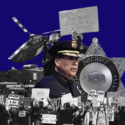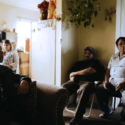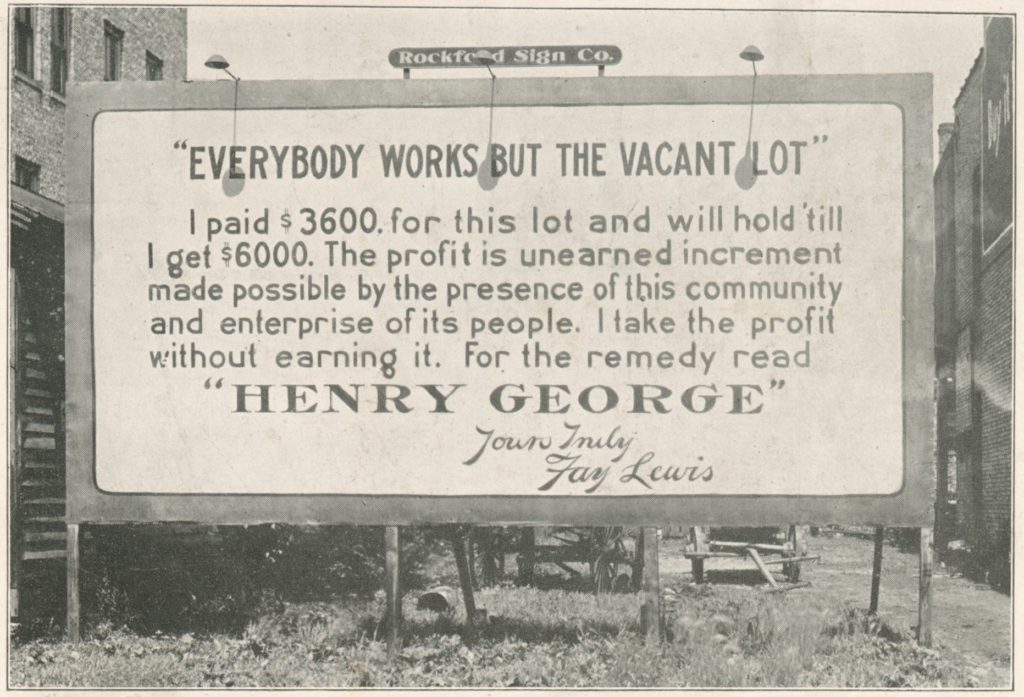We Are Not Your Model Minority or Your Punching Bag: Why Asian Americans Are Hurting and Why You Should Care
17 minute readAs a substitute teacher prior to the pandemic, I encountered greetings like these from kids on a daily basis:
“Ching chong chang, are you China?”
“NI HAO!!!!!”
“Can you teach us kung fu?”
“I love anime and K-Pop, do you love anime and K-Pop?”
“Are you Ms. Lee’s sister?”
It stung a little more when they were older. One time I subbed for a ninth grade class and saw a female student from the corner of my eye make slanty eyes to her friend across the classroom. When I made eye contact with them, they both burst out laughing. It made my heart sink, but I couldn’t blame them; after all, kids are a product of their environment.
The impact was much greater when such microaggressions came from full-grown adults. Years ago in my early 20s, I was sitting on a train one night when two middle-aged men sitting across from me started a loud discussion about the shape of my eyes, my nose, and my lips. What they liked, what they didn’t like. Staring directly at me, they spoke as if I were deaf or an entree dish they were reviewing on Yelp.
There are many more hurtful incidents of being objectified and demeaned for my racial background that I chose to ignore and repress because it was just easier that way.
But these past few weeks, many of these memories resurfaced as I saw story after story on social media about Asian American communities, particularly our elders, being specifically targeted, attacked, and robbed.
On the morning of Jan. 28 in San Francisco, an 84-year-old Thai man named Vicha Ratanapakdee was taking a stroll in his neighborhood when he was charged at full speed and knocked to the ground; he died shortly from his injuries. Three days later in Oakland, a 91-year-old Chinese man was walking outside the Asian Resource Center when he was violently shoved to the ground; the perpetrator went on to attack two more Asian elders that day, sending both to the hospital with injuries. According to Oakland’s Chinatown Chamber of Commerce, more than 20 robberies and attacks involving Asian elders and women were reported in the last two weeks of January.
On Feb. 3 in New York, a 61-year-old Filipino man was slashed across the face from ear to ear on his subway ride to work. Around the same time in LA, a 5-foot-tall 90-year-old Chinese grandma went missing for five days before being discovered beaten and robbed; she died in the hospital shortly after. A few days later in San Leandro, in the Bay Area, an elderly Asian merchant was brutally attacked at a Bank of America ATM and reportedly robbed of $15,000. On Feb. 8 in San Diego, an 80-year-old Filipino woman was abruptly punched in the face while on a trolley. In Hacienda Heights, just a day before Lunar New Year, a 50-year-old Asian lady was robbed inside a Chinese bakery store while picking up bread for her family.
And it’s not just the elderly that are being targeted. On Feb. 5 in downtown LA, an Asian man was shot in the arm and robbed while shopping with his wife and 2-year-old child. A week later in Oakland, a young Asian woman was pistol whipped in the head and carjacked by a group of four people. In addition, dozens of Asian-owned businesses in California, Oregon, and Maryland reported being vandalized and burglarized in these last few weeks. In Oakland, the Vietnamese American Community Center was burned to the ground. In Torrance, a Japanese cookware shop found a typed letter taped to their door. It read: “Go back to Japan … we are going to bomb your store if you don’t listen and we know where you live.”
The list goes on. And it gets longer with each passing day.
While these past few weeks have seen an inexplicable surge in unprovoked Asian-targeted crimes, they merely represent the tip of the iceberg since the beginning of the COVID-19 pandemic and the shameless scapegoating of Asian Americans egged on by former president Donald Trump.
According to Stop AAPI Hate, between March 19, 2020 and Aug. 2, 2020, the organization received 2,583 reports of anti-Asian incidents across the country, spanning verbal harassment, physical assault, workplace discrimination, getting barred from establishments, burglary, vandalism, and more.
And keep in mind, these numbers merely reflect what was reported to them during a mere six-month span; it’s important for us to understand that anti-Asian sentiments have always been here, with or without the pandemic.
According to Stop AAPI Hate, between March 19, 2020 and Aug. 2, 2020, the organization received 2,583 reports of anti-Asian incidents across the country.
We grew up lower-middle class in the not-Asian part of Fullerton in the late ‘90s. My grandmother, my two brothers, and I lived in a small two-bedroom apartment in a largely Latino and white neighborhood. Around the holidays one year, my grandma, a prideful but kind woman, wanted to do something nice for the neighbors. We packed into my grandpa’s Oldsmobile and went to Krispy Kreme where we picked up around 10 boxes of half-dozen glazed donuts and my grandma ordered us to go hand them out to our neighbors as Christmas gifts.
It was one of the very few interactions I can remember our family having with our neighbors during our three years living there. As a kid who barely spoke English at the time, I don’t know what was said around us or about us. All I remember is the feeling. The continual feeling of isolation, being ignored, othered.
My grandmother, the oldest of 10, lost her father in her teens and helped raise her younger siblings in rural Korea. My grandfather was the son of a small town merchant who made a living selling baked goods. They both grew up under Japanese occupation and lived through World War II and the Korean War, during which my grandfather’s family home was set ablaze and both their families were displaced many times over. Despite the odds, my grandpa went on in post-war Korea to earn a bachelor’s degree in English literature, an MA in western philosophy, and a doctorate of ministry.
In 1985, my grandparents left their livelihoods and moved to LA into a tiny apartment in Koreatown. They didn’t know anyone, barely knew the language, the culture. All they knew was the promise of the American dream. A few weeks after the move, they returned to their new home from church to find their lock broken and front door wide open. They stepped inside and found all their belongings and goods and memorabilia from Korea rummaged through, gone. My grandma’s diamond wedding ring, her most valuable possession, had also vanished. They were devastated—I remember my grandmother bleakly recalling this story years back when she was still alive.
When I ask my grandpa today why they didn’t call the police, he says they didn’t know what to do, or how to even call the police. They were in a new country. Instead, he informed the Korean apartment manager, who came and took photos. It’s unclear what he did with them or whether he filed a police report. Nothing came of it regardless.
And so my grandparents swallowed their trauma and loss from the invasion, and they trudged on in adjusting to their new life in America.
Despite what some may believe, using the term “model minority” to describe Asian Americans is not a compliment. It is a problematic term that, since it was first coined by a presumably white American sociologist named William Petersen in the 1960s, has fed into the erasure of the complexity of Asian American experiences, perpetuated one-dimensional stereotypes, and wedged a wall of misunderstanding and distrust between Asian Americans and members of other racial minority groups, particularly Black Americans.
In short, the model minority myth says, “Look how this group of people is so good at following the rules! They don’t put up a fight with the establishment despite all the discrimination they’ve been subjected to, and they were able to achieve success in this country based on sheer willpower and work ethic and values and by respecting the structures and institutions that are already in place.”
Not only has the model minority myth always been a delusion rooted in white supremacy used for its own social and geo-political gain, it’s largely been weaponized to erase the institutional oppression of Black Americans in particular, victim-blaming and shaming them for not achieving certain levels of “societal success” while justifying the continuation of racialized poverty, police brutality, and other aspects of structural racism.
The term was initially used to describe Japanese Americans after WWII, readjusting to their lives after being stripped of their properties and sent away to internment camps—vacant horse stalls, cowsheds, racetracks, Native reservations, barracks in remote areas. The U.S. government-backed imprisonment lasted for three years, dehumanizing some 116,000 Japanese Americans, the majority of whom were American citizens.
Over the years, the post-WWII characterization of Japanese Americans as a hardworking, successful, superior minority group was inflicted on the rest of the Asian American population, reducing its multiplicitous ethnicities, cultures, experiences, and struggles to one homogenous narrative authored by a white man.
In fact, the Asian American identity is incredibly diverse. While we make up just 5.6% of the entire U.S. population, Asian Americans consist of a multitude of immigrants and descendants from primarily 20 countries in Southeast, South, East, and Central Asia. Some 2,197 different languages are known to be spoken across the Asian continent. Pacific Islanders, who are often categorized alongside Asians in the U.S., account for 0.5% of the nation’s population with six major ethnic subgroups, including Native Hawaiians and Samoans.
With the vast diversity across the Asian American demographic comes one of the highest rates of economic disparity. Despite Asian Americans as a whole having a higher household median income than whites, Asian Americans have a higher poverty rate, at about one in 10 families. Hmong Americans, who are among the many Southeast Asians whose families came to the U.S. as refugees to escape political turmoil and violence, have the highest known rate of poverty at 16.2%. And while Filipino Americans only report a 6% poverty rate, they were hit disproportionately hard by the pandemic, accounting for 35% of all COVID-19 deaths among California’s Asian population as of July 2020. Filipinos only make up 4% of nurses nationwide, but they accounted for 31.5% of COVID-19 related deaths as of September.
But stats like these are rarely acknowledged in the mainstream media because they don’t fit the umbrella narrative of Asian Americans as successful, rich, overachieving, soulless robots.
My Korean friends’ parents work in liquor stores, grocery stores, as a masseuse in a bathhouse. My own 64-year-old dad, who moved to the States a few years ago, is currently working part-time jobs as a delivery driver for a Korean restaurant and as a minimum-wage librarian at a small seminary school. Several of my uncles are pastors of small Korean churches. Money is always a tense topic.
Tomisin Oluwole
Ode to Pink II, 2020
Acrylic and marker on paper
14 x 22 inches
Click here to check out our interview with Tomisin Oluwole, a a literary and visual artist based in Long Beach.
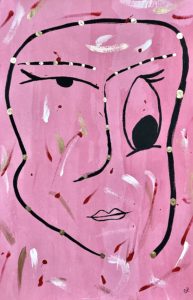
Instead of gunking up our site with ads, we use this space to display and promote the work of local artists.
Over the years, the post-WWII characterization of Japanese Americans as a hardworking, successful, superior minority group was inflicted on the rest of the Asian American population…
Back in 2014, I was selected to serve on a jury for the trial of a middle-aged Korean man in Orange County. His name was Myung Jae Kim. His troubles began with the disappearance of his family’s life savings that he kept in cash in a safety deposit box at a local Korean bank. Despite his limited English, he filed a police report and visited the precinct regularly seeking help, leads, answers, anything. He was informed a year later that they had closed the case. Every plea for help was ignored. After five years, he reached a boiling point of insanity. He made a pipe bomb, armed himself, and held a bank teller hostage. He wanted answers—anything to make sense of what happened. He ended up having a shootout with the police and was sentenced to 24 years in prison, where he will likely spend the rest of his life.
This reminds me of something I recently read about the 1992 LA Riots, which erupted following the acquittal of four white police officers who senselessly beat Rodney King. Racial tensions between Black and Korean Americans had also come to a head when a white judge granted probation and community service to a Korean shopkeeper who fatally shot 15-year-old Latasha Harlins after mistakenly suspecting the young Black girl had stolen a bottle of orange juice.
The three days of turmoil left more than 50 people dead and some 2,000 Korean-run businesses damaged or destroyed across Koreatown.
Police absence was largely felt throughout those three days, leading to factions of Koreans arming themselves and trying to defend their burning livelihoods on their own.
This, by the way, is where the recent “Rooftop Korean” memes emerged from: Photos of armed Korean shopkeepers firing off warning shots to looters back in 1992 circulated widely online this past summer amongst racist, Second-Amendment fanatics, who co-opted the true narrative behind the photos to justify using arms and violence against largely peaceful BLM protestors.
“Model American Citizens” is what they called the Korean men in those photos, painting them as heartless, anti-Black assassins who were eager to take down lives in the name of freedom, honor, and property.
In reality, these photos captured many Korean Americans in the middle of a fearful realization that the powers that be in their adopted country had absolutely no interest in whether their community—built over several long decades of unspoken hardship—burned to the ground.
Andy Yoo, a seventh grader at the time of the LA Riots, watched from his family’s apartment balcony as LAPD lined Crenshaw Avenue, cutting off road access to protect the rich, white neighborhoods of westside LA.
“It was containment,” Yoo recalled in a CNN article. “The police cut off traffic out of Koreatown, while we were trapped on the other side without help. Those roads are a gateway to a richer neighborhood. It can’t be denied.”
Chang Lee, another Korean American interviewed in the same article, observed a similar moment of clarity during the LA Riots.
“I truly thought I was part of mainstream society,” Lee said. “Nothing in my life indicated I was a secondary citizen until the LA riots. The LAPD powers that be decided to protect the ‘haves’ and the Korean community did not have any political voice or power. They left us to burn.”
Despite all the claims of “white proximity” and succeeding in achieving the American dream, this is who we are in the eyes of white America at the end of the day: foreigners not worthy of protection or dignity.
In reality, these photos captured many Korean Americans in the middle of a fearful realization that the powers that be in their adopted country had absolutely no interest in whether their community burned to the ground.
As if we are not “American” enough on our own, Asian-American characters in film and television are typically an extension of someone else’s story, hence filling out the perpetual sidekick stereotype next to white protagonists.
Last year, an incredibly poignant film called “Minari” premiered at the Sundance Film Festival. Written and directed by Lee Isaac Chung—a Korean-American filmmaker—the movie follows a semi-autobiographical story of an immigrant family moving to a farm in Arkansas in pursuit of their American dream. The film deeply stirred my heart, as it tenderly portrayed a bona-fide immigrant story as I had never seen before. It also featured an all-Korean main cast, speaking the Korean language without the strained, awkward inflections that go undetected by the white gaze. It was a story about Asian Americans, for Asian Americans.
“Minari” has stirred many more hearts since its release. At its Sundance world premiere, the film won both the Grand Jury Prize and the Audience Award. The American Film Institute, the National Board of Review, and the New York Film Critics Online named it as one of the 10 best films of 2020.
It was widely considered a strong contender for Golden Globes’ Best Picture until the Hollywood Foreign Press Association announced that it was ineligible to be nominated for the category because according to them, there was not enough English in the script to qualify it as an “American” film. Instead, it pegged “Minari” with a foreign-language nomination.
Hypocritically enough, the Hollywood Foreign Press Association’s arbitrary rule that at least half of a film’s dialogue must be in English to be eligible for Best Picture did not apply to Quentin Tarantino’s “Inglourious Basterds” when it was nominated in 2009, despite most of the film being in French, German, and Italian. Nor did it apply to Alejandro González Iñárritu’s multi-language film “Babel,” which won Best Picture in 2006.
Think about that.
I think Chinese-American director Lulu Wang broke down the issue best in a tweet: “I have not seen a more American film than #Minari this year. It’s a story about an immigrant family, IN America, pursuing the American dream. We really need to change these antiquated rules that characterize American as only English-speaking.”
We are nobody’s model minority.
My intention in sharing all of this is not so that you feel sorry for Asian Americans. I just want you to understand a wider spectrum of the Asian American experience, what gets told, what doesn’t, what gets billed as a “foreigner” experience, and not an American one.
Ninety-nine percent of us are not “Bling Empire” or “Crazy Rich Asians,” we are not Lucy Liu, nor are we all unilaterally Chinese, academic robots or meek nerdy sidekicks. And while we’re at it, we don’t eat dogs or bats. Sorry to disappoint you.
I count myself lucky in that I have not been physically assaulted for my identity, but unchecked microaggressions breed the ground for such hateful attacks to occur. Every statement that stereotypes, exotifies, or others an oppressed group of people robs them of their humanity, which inevitably subjects them to such unconscionable, heartless acts of violence and harassment.
Truthfully, it deeply pains me to see that those who are being pushed to the ground, bullied, and robbed look like my immigrant parents, grandparents, aunts, and uncles, whose tough, hard-to-read exteriors I know intimately as a survival mechanism from many decades of hurt and hardship.
We Asian Americans have a lot of reckoning to face in our communities as well as in our fraught, nuanced relationships with other sibling communities of color. Some of us have found comfort in the invisibility afforded to Asian Americans via the model minority myth and the delusion of “white proximity.” We still have a lot to uncover, a lot to learn.
But there’s one thing I can say for damn sure: We are nobody’s punching bag.
If you or someone you know has been harassed or attacked for being Asian American, you can report the incident to stopaapihate.org. Follow them on Instagram at @stopaapihate.

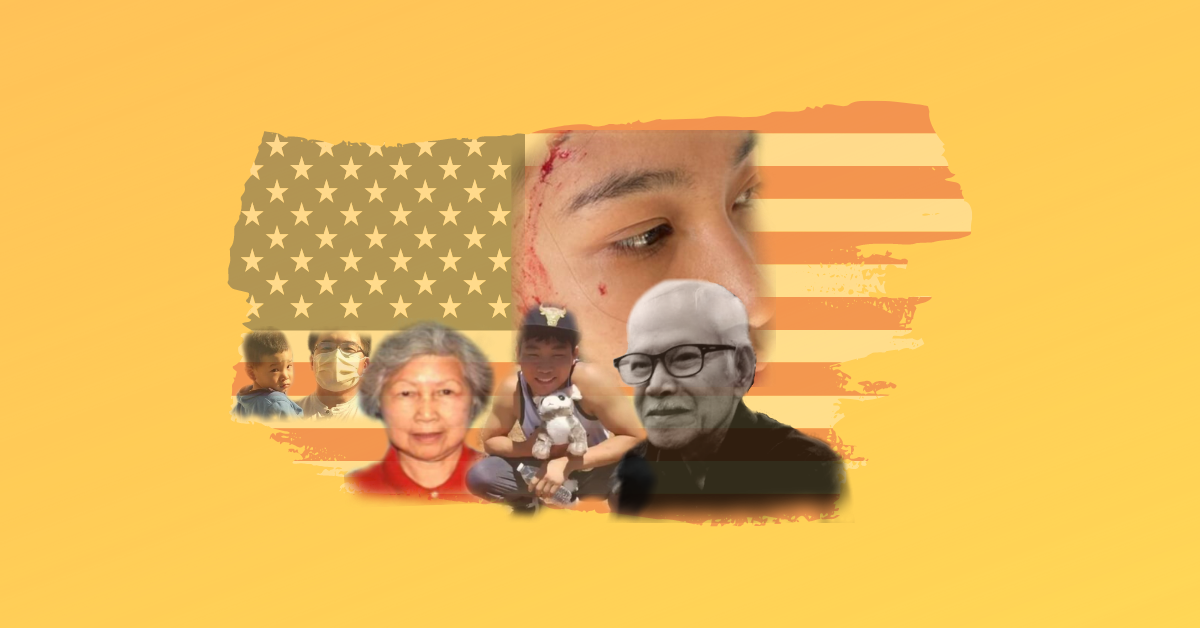
 esther@forthe.org
esther@forthe.org